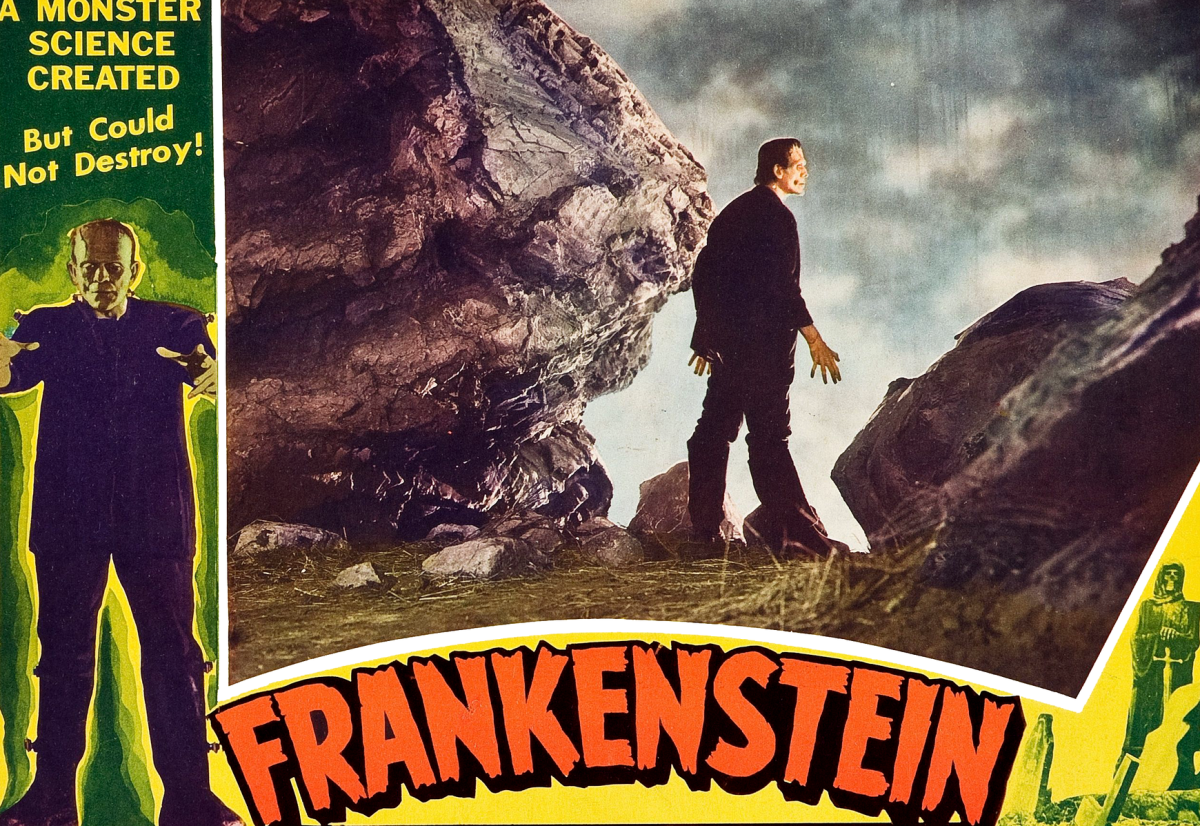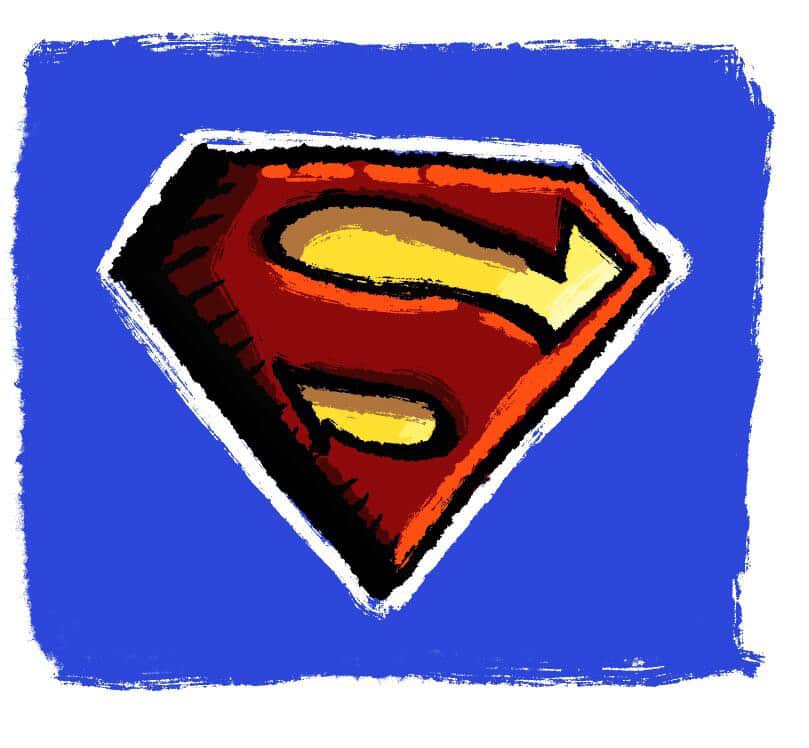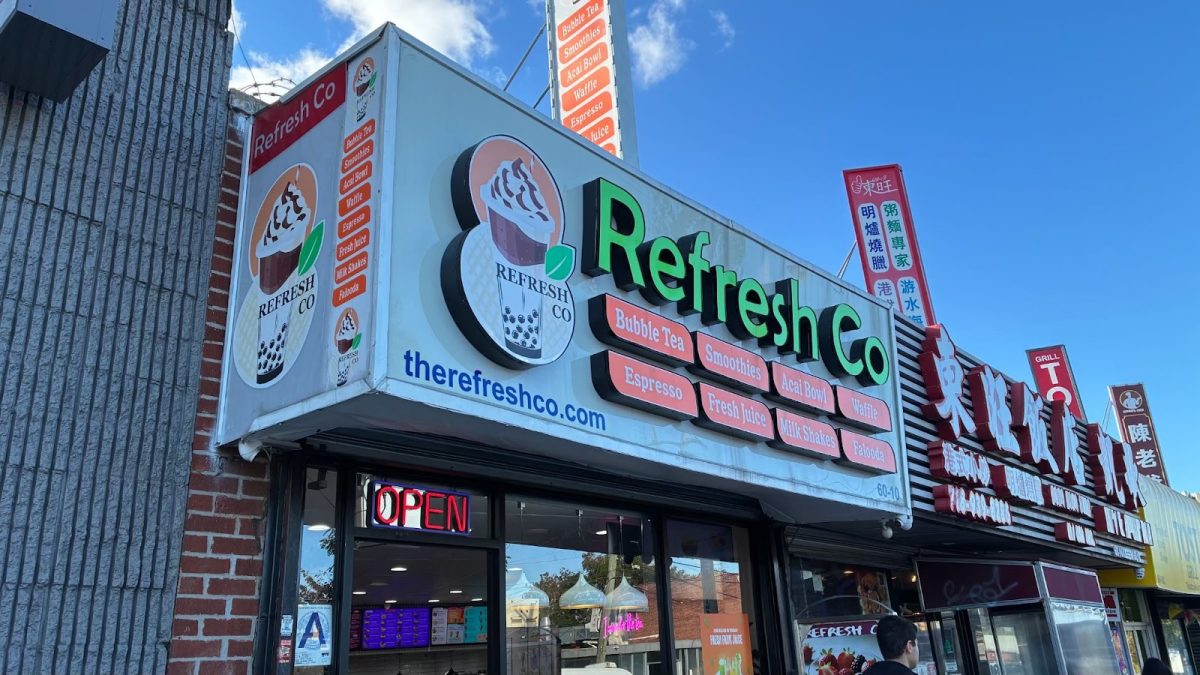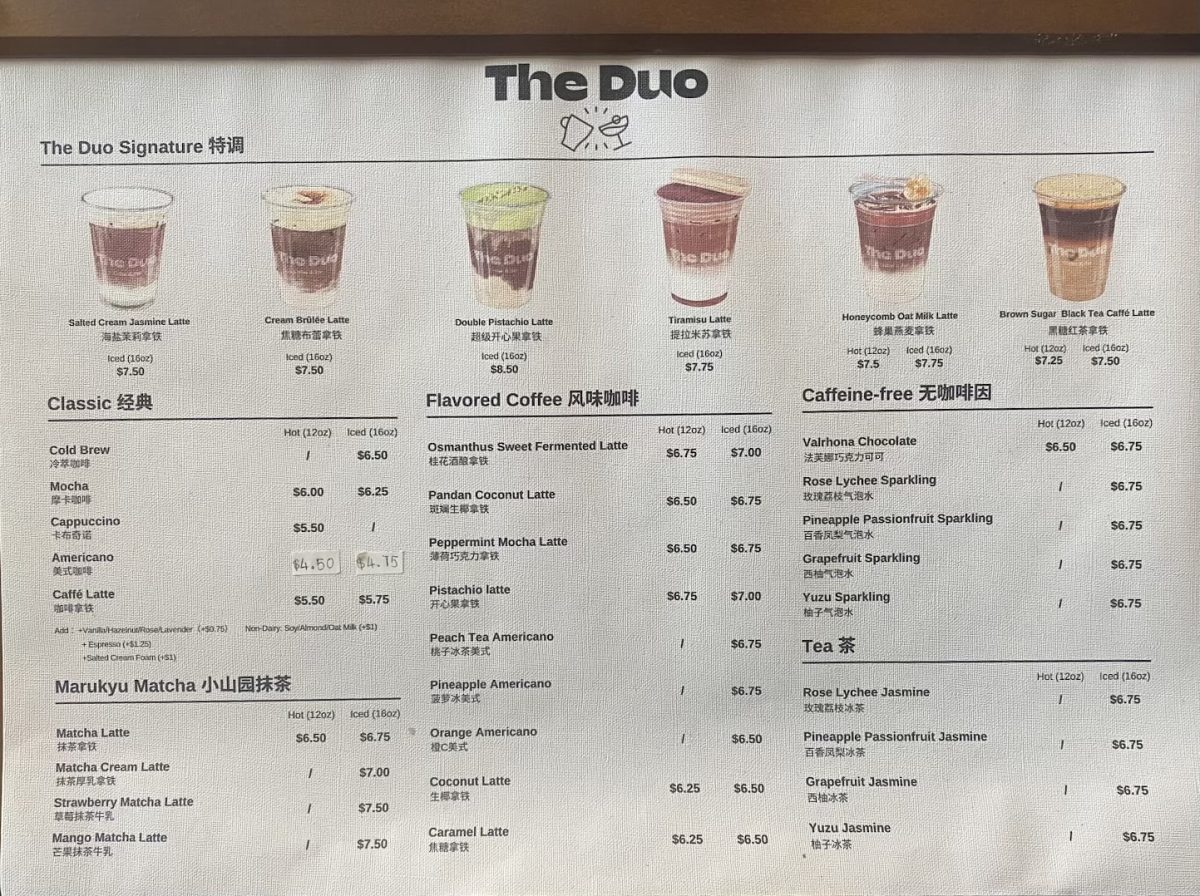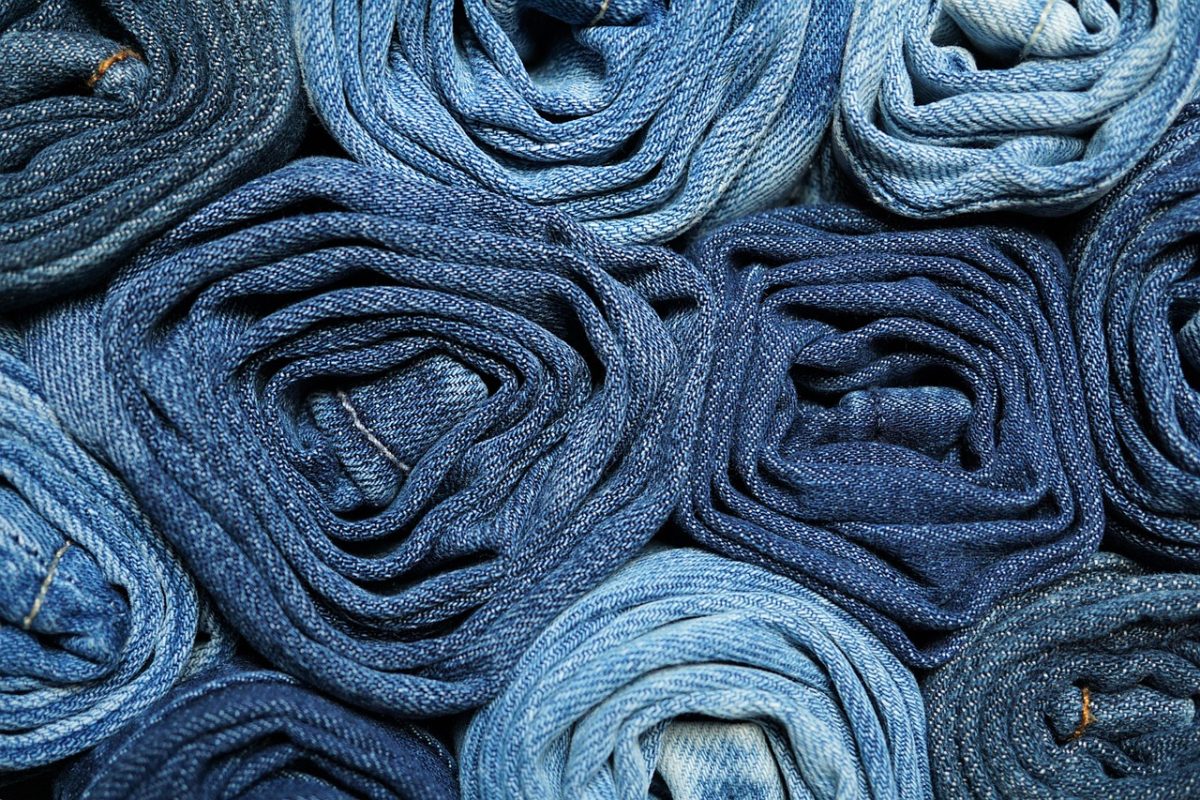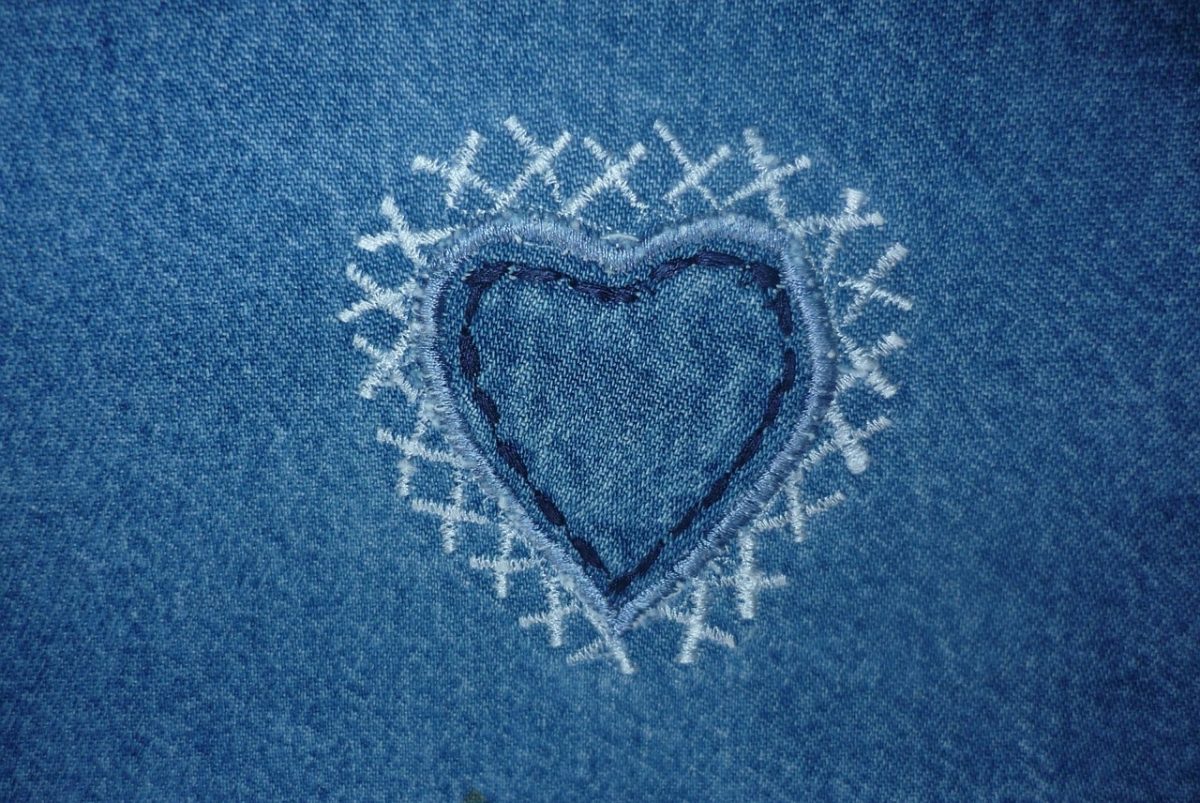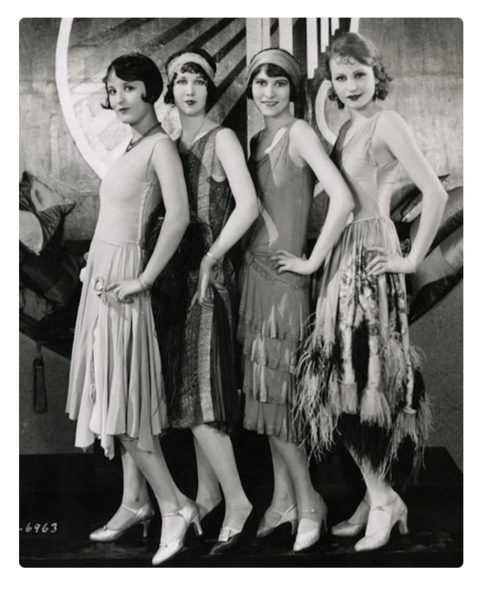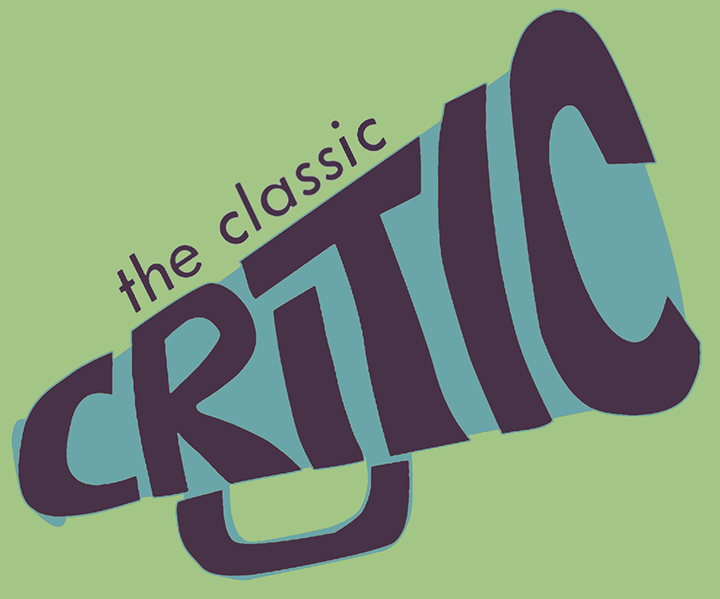As World Pollution Prevention Day approaches, it is a timely reminder that in the ever-evolving world of fashion, where trends shift rapidly, there are growing movements to support environmental goals without sacrificing one’s style. Over the years fashion trends have always repeated, with past trends making a comeback and vintage pieces regaining popularity. However, this revival of fashion trends is not only about keeping up with the latest trends, it highlights the importance of rethinking how we shop and wear clothes. In recent years, there has been an increase in popularity of secondhand clothing. Online apps offering a circular fashion marketplace encourage consumers to purchase secondhand clothing, making it both affordable and accessible. Whether it is trendy family garments, vintage finds, or passed down clothes, preserving these items offers a unique way to embrace sustainability and reduce the fashion industry’s carbon footprint. This approach not only offers a cost-effective way to keep up with certain trends, but it also promotes an environmentally friendly alternative to fast fashion aligning with the spirit of preventing pollution.
Popular in the late 90’s and early 2000’s, fashion staples such as low-rise jeans, bubble skirts, and trucker hats have all made their way back into mainstream style. A general rule when it comes to fashion is that trends tend to recycle themselves every twenty years; this aligns with the popularity of these items. Extremely low waisted jeans were all the rage in the early 2000’s. They were so popular that Eva Longoria even wore a pair to the ABC Primetime previews back in 2004. Nowadays, low-rise jeans are marketed to appeal to the younger generation just like they were 20 years ago. Trucker hats are still a simple way to elevate an outfit and make it appear effortlessly cool.
Hand me downs are a great way to adhere to these trends without spending an additional cost. Your mom might just own the same type of jeans that are currently being sold for $50 dollars or more in stores. While many people are hesitant to accept used family garments, due to it being perceived as old and outdated, hand me downs often have more uniqueness than popular clothing items. A lot of current pieces that are trending mimic older styles that are now making a comeback. For instance, mini skirts, which first gained popularity in the 1960s have resurfaced as a wardrobe staple. Instead of heading to the mall to buy a new one, check the back of your moms closet first. What makes hand me downs so special is that they are often discontinued, and are one of a kind pieces that can elevate your outfits from basic to original.
While not all hand me downs may fit you or your style, it is still important to not waste these clothes. They can either be donated or sold. Many people sell their clothes to thrifting stores, however it may be more profitable to use online reselling platforms such as Depop. Many thrift stores, such as Buffalo Exchange, will only take items that they believe will sell in their store. Additionally, they offer a quarter of the worth of your item in cash or half of it in store credit, which is often not a good deal. With platforms such as Depop, you can choose the pricing of your item and receive a greater profit. Afterall, one person’s trash can indeed become someone else’s treasure.
Use of secondhand clothing isn’t just a cost-effective and smart way to shop — it is a way for all of us to take action and make a difference. In light of Earth Day’s 2025 theme, “Our Power, Our Planet,” it serves as a reminder that we hold the power to change how we shop and how we impact our world. Instead of contributing to fast fashion and increasing environmental waste, you can raid your mom’s closet, go thrifting, or shop on Depop. Due to circular fashion trends, it is possible to be stylish and unique at the same time. Have items that just aren’t right for you? Donate them or sell them online so someone else can use them. Every choice you make to wear or sell secondhand clothes can help our planet. Feel empowered and empower others to do the same.


